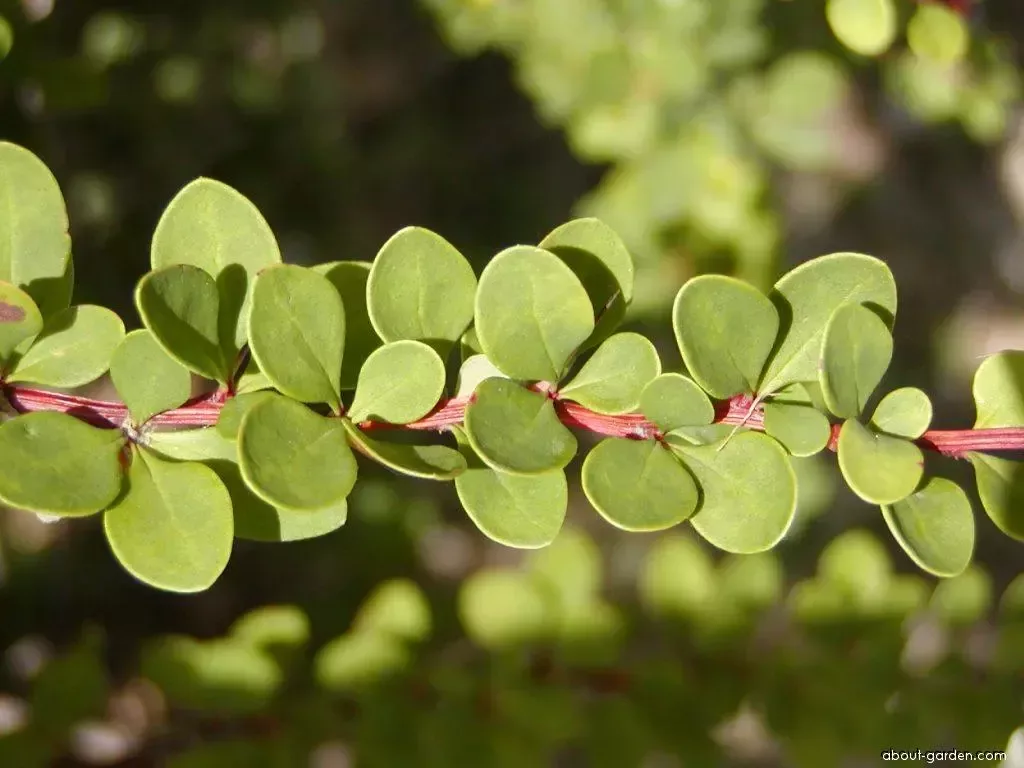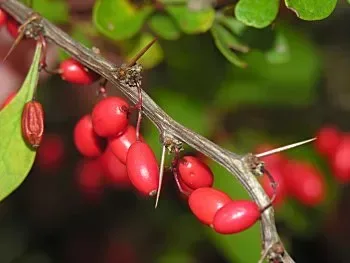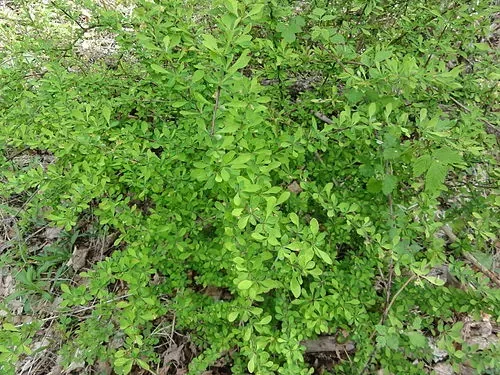
Japanese barberry is a deciduous shrub that can grow 8 ft. tall. It has grooved stems with single or paired thorns in the nodes. Its leaves are ½“ to 1 ½” in length and grow in irregular clusters. In April and May, japanese barberry produces umbrella-shaped clusters of white flowers on the undersides of its branches. The red, oblong fruit are produced in September.



Japanese barberry has been linked to Lyme disease. In areas with large infestations of japanese barberry, there may be a 90% increase in Lyme-disease-carrying ticks when compared to areas with native shrubs. This is likely due to the fact that japanese barberry provides excellent cover for deer mice, the larval deer tick’s host, and helps retain humidity, making it an ideal habitat for ticks. Japanese barberry has also been linked to increases in invasive earthworm populations and in soil erosion.
